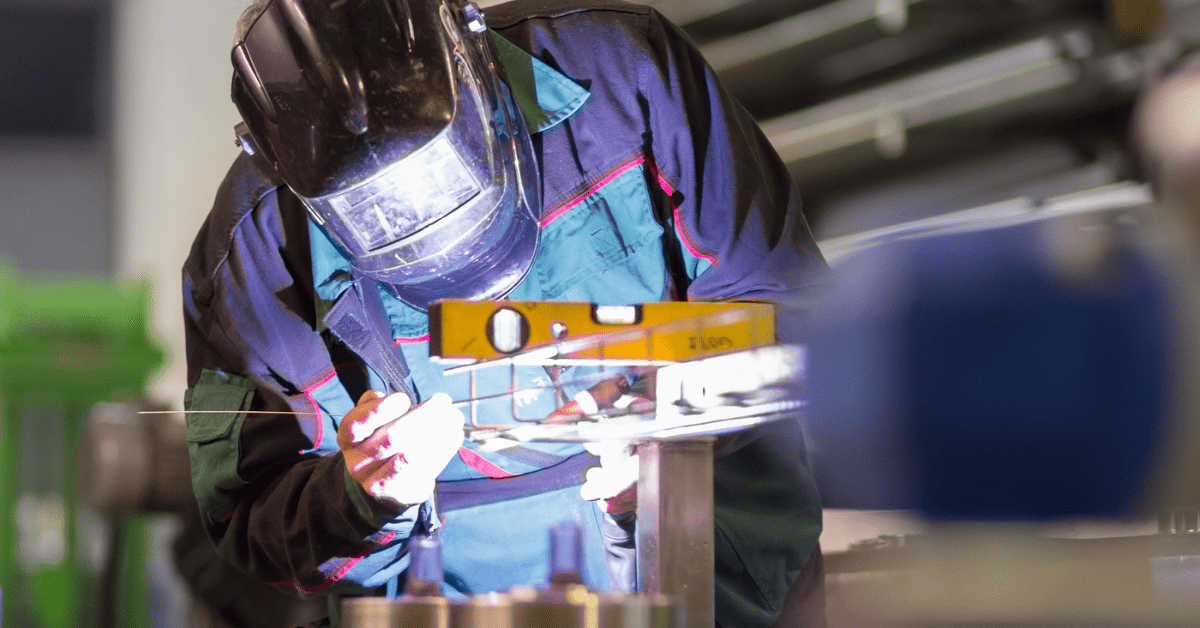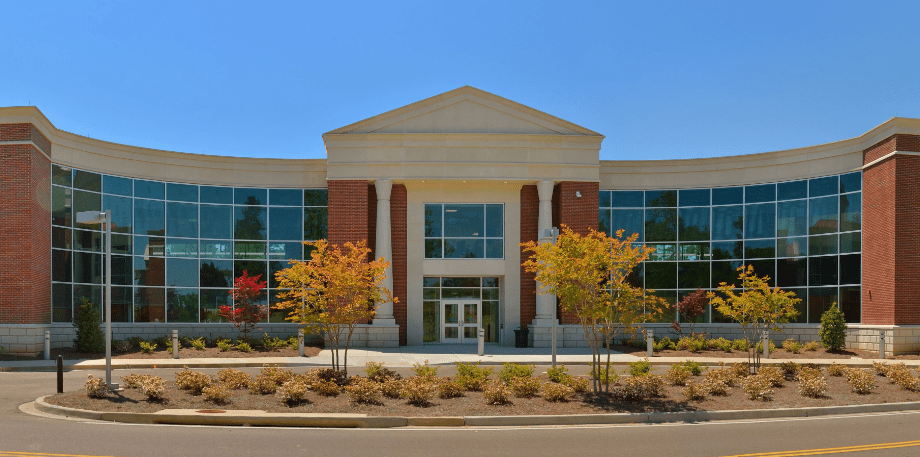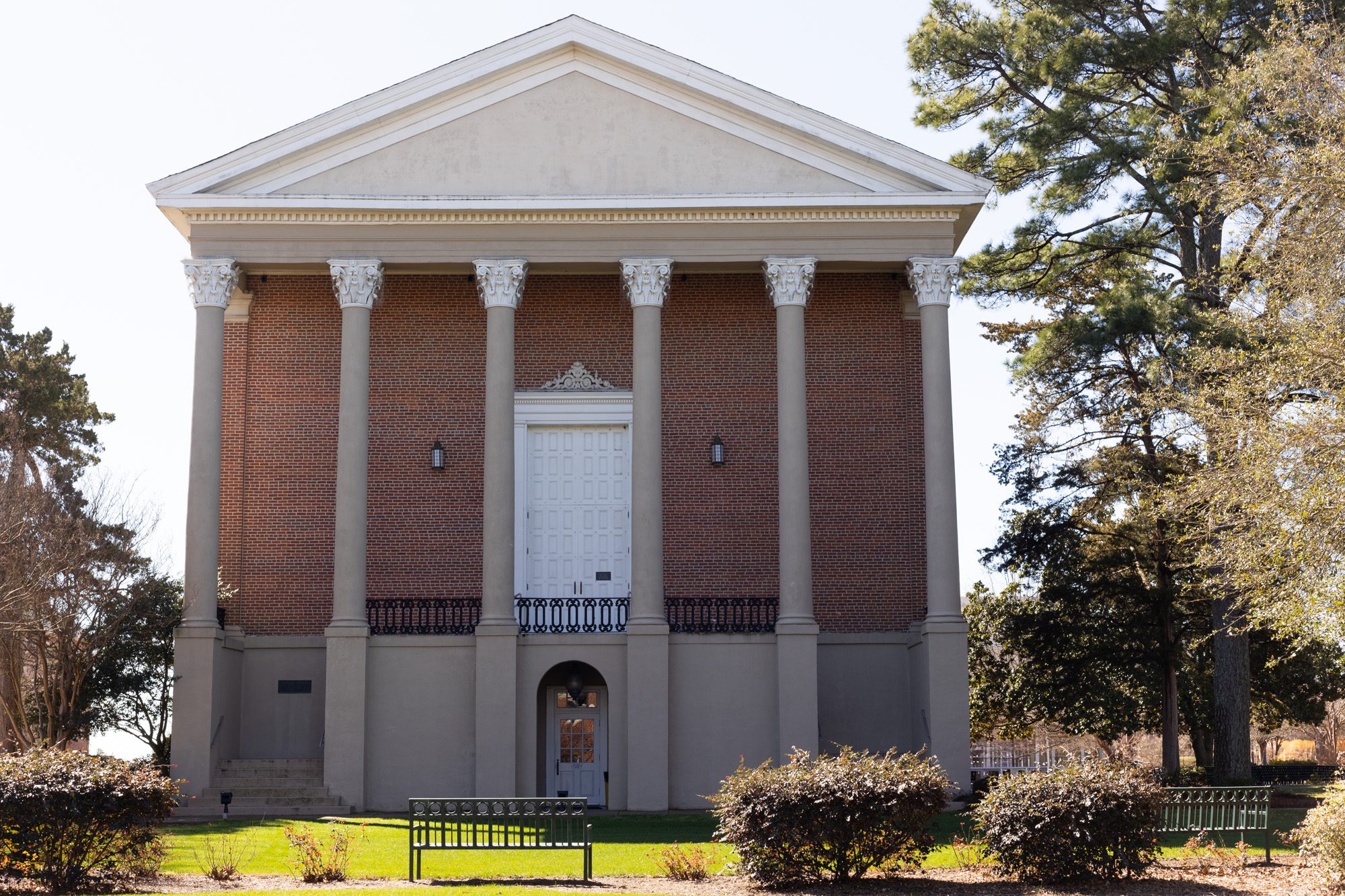
- Business columnist Phil Hardwick takes a look at seven Mississippi counties where manufacturing is a big part of their local economies.
One of the most memorable field trips of my elementary school days was a visit to the local Coca-Cola Bottling plant. Seeing the line of little bottle soldiers wiggling along, getting washed, being filled with carbonated liquid, being capped, and then placed in cartons was something to behold.
Just as memorable have been my many trips to a variety of manufacturing facilities during my economic development career. I have had the opportunity to see everything from automobiles to ketchup to refrigerators being processed, assembled, and packaged.
Manufacturing is a fascinating, important, and interesting sector of the economy. Much has been written about the loss of, and the future of, manufacturing jobs in the United States. In this column, we will look at seven Mississippi counties where manufacturing is a big part of their local economies.
Mississippi’s economic development strategy has not changed much over the past 95 years. In 1929, Columbia Mayor Hugh White devised a plan to bring a large manufacturing operation to his town. Through his efforts, a company from Chicago, Reliance Manufacturing Company, opened a facility in Columbia in 1932. The result was 300 new jobs and over a million dollars pumped into the local economy over the next 10 years. It was not a bad strategy, especially considering that the national economy was in a slump.
These days, Mississippi and just about every other state employ the same strategy. No wonder. According to the National Association of Manufacturers (NAM), in 2022, manufacturing workers in the United States earned $98,846 on average, including pay and benefits. Workers in all private nonfarm industries earned $83,992 on average. NAM also reports that the average Mississippi manufacturing annual compensation in 2021 was $67,966.62. The Mississippi Department of Employment Security (MDES) reports that in 2022 there were 143,987 manufacturing employees in the Magnolia State. Also, NAM forecasts over the next decade, 4 million manufacturing jobs will likely be needed, and 2.1 million are expected to go unfilled if we do not inspire more people to pursue modern manufacturing careers.
Manufacturing is important to Mississippi. Approximately 15% of its gross state product is from manufacturing. From 2010 to 2021, Mississippi’s manufacturing output grew from $14 billion to over $20 billion, according to the National Association of Manufacturers. Only six other states have a higher percentage of manufacturing employment compared to total employment.
Given that information, it is informative to look deeper into the counties that have the most manufacturing jobs. Seven counties in Mississippi have over 5,000 of their jobs in the manufacturing sector. Do these counties have anything in common? Are there any trends among them? A quick review of some of the economic data reveals some interesting insights.
Given that background, let us look at the seven counties in Mississippi that have over 5,000 manufacturing workers as of 2022. Those counties and their number of manufacturing employees are:
- Jackson (14,330)
- Lee (11,850)
- Madison (7,978)
- Jones (7,041)
- Scott (6,514)
- Hinds (5,832)
- Pontotoc (5,721)
In looking at this list of counties it is apparent that they have little in common except for their relatively high number of manufacturing employees. For example, Pontotoc is a furniture manufacturing center, Madison and Lee have auto manufacturing plants, Scott is a poultry producer, and Jackson County is a heavy industrial center. They are widely dispersed across the state.
How about the unemployment rate in these counties? Jackson leads the list with a 3.6% unemployment rate in January 2024. That compares to a 3.4% rate for the state and 4.1% for the United States. Madison County had the lowest unemployment rate of the group, with a 2.7% unemployment rate. Others were Lee and Pontotoc at 2.9%, Scott at 2.8%, and Hinds and Jones at 3.3%
Are these seven counties gaining or losing population? The good news is that four of the seven counties gained population from April 2010 – July 2022, according to the Census Bureau. Hinds, Scott, and Jones lost population, while the others gained population. Hinds County’s population loss skews the numbers if looking at the group as a whole.
The following table illustrates the numbers:
| County | Population, April 1, 2,010 | Population, July 1, 2022 | Population Gain/Loss |
| Madison | 95,203 | 111,113 | 15,910 |
| Jackson | 139,668 | 144,975 | 5,307 |
| Pontotoc | 29,957 | 31,389 | 1,432 |
| Lee | 82,910 | 82,959 | 49 |
| Scott | 28,264 | 27,707 | (557) |
| Jones | 67,761 | 66,569 | (1,192) |
| Hinds | 245,285 | 217,730 | (27,555) |
| Mississippi | 2,967,297 | 2,938,928 | (28,369) |
What about earnings? The 2022 average per capita income in Mississippi was $46,370, according to the U.S. Bureau of Economic Analysis as reported on the MDES website.
Madison County leads the pack with an average per capita income of $79,410. In a distant second was Lee at $52,044, followed by Hinds ($46,854), Jones ($46,073), Jackson ($45,912), Pontotoc ($41,472), and Scott ($38,488). The per capita income average for the seven counties is $50,036. Without Madison County, the average per capita income is $45,140. Observation: Four of the seven counties have lower per capita income averages than the state average.
So, what can we conclude from looking at this slice of manufacturing in Mississippi?
If anything, it would be that manufacturing, like politics, seems to be local. Given the relatively small population of the above counties, it is obvious that any changes in manufacturing employment can mean a big change in the local community.
Add a manufacturer with 100 jobs at an average of $50,000 per year, and there will be a significant change in the economy and even the quality of life in the county. Take away 100 jobs that pay an average of $24,142 per year, and there will also be a significant change in the community.











